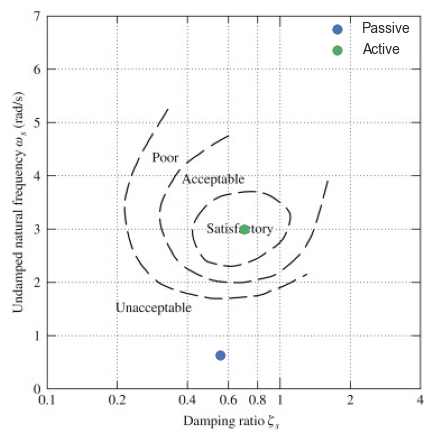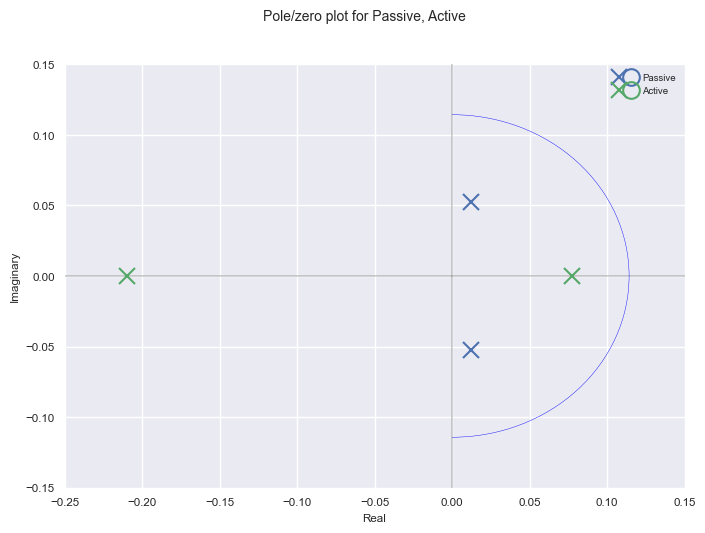EMAE 356: Aerospace Design
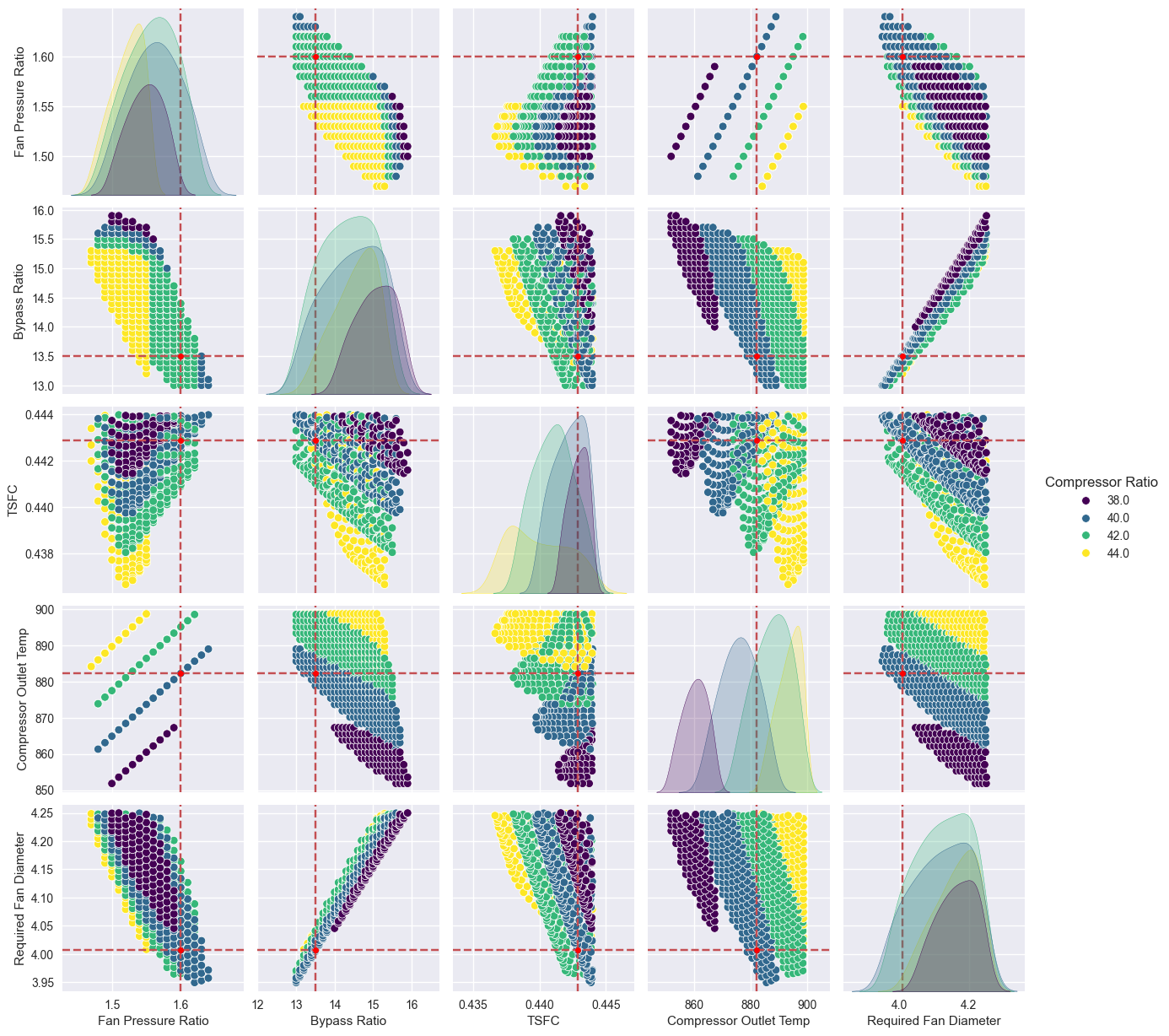
My group’s senior Aerospace Design mission is a 1200 passegenger “megajet”, capable of ten thousand nautical miles of range, takeoff and landing on a ten thousand foot runway, cruising at mach 0.8, and a service ceiling of 40,000 ft.
Plane Level Analysis#
The first step in plane design is locking down a set of weight, wingspan, and aspect ratio that can successfully meet the mission requirements with a similar engine efficiency, drag coefficient, and empty to full weight ratio to comparable planes. The typical (professor recommended) approach is throwing as many human hours at a spreadsheet to build intuition and guess & check your way to a valid configuration. My Python script leverages Dask for multi-core, vectorized computation of millions of configurations per second, filters out configurations that miss the requirements with Pandas, and plots the footprint of available configurations for easy interpretation with a Seaborn PairPlot.
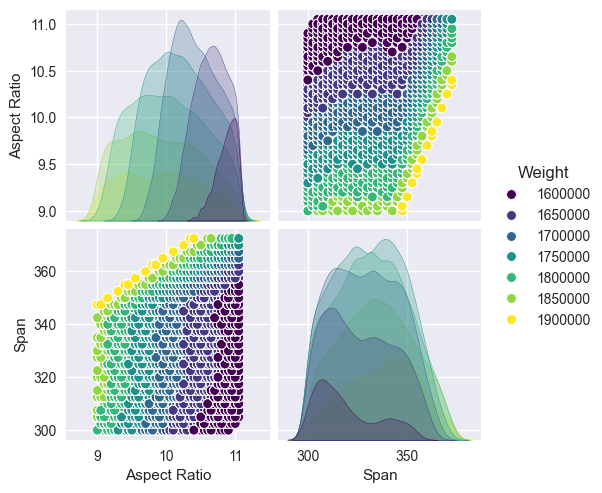
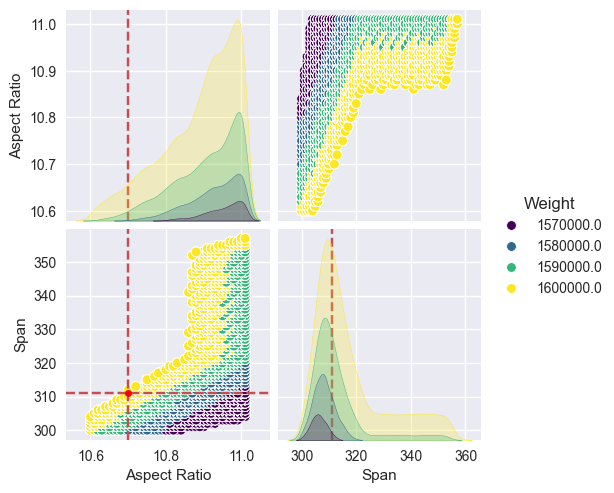
Propulsion Analysis#
I applied the same approach to optimizing the Fan, Compressor, and Bypass Ratio of the high bypass turbofan for our megajet. This framework allowed for rapid application of high level design decisions–we traded some fuel efficiency for a smaller fan to promote under wing packaging by running a higher compressor and fan pressure ratio and a lower bypass ratio.

Stability Augmentation#
I used a combination of pole placement from the Python Control library and the Simplicial Homology Global Optimizer from scipy optimize to place the phugoid mode within requirements while minimizing the required control gains.
